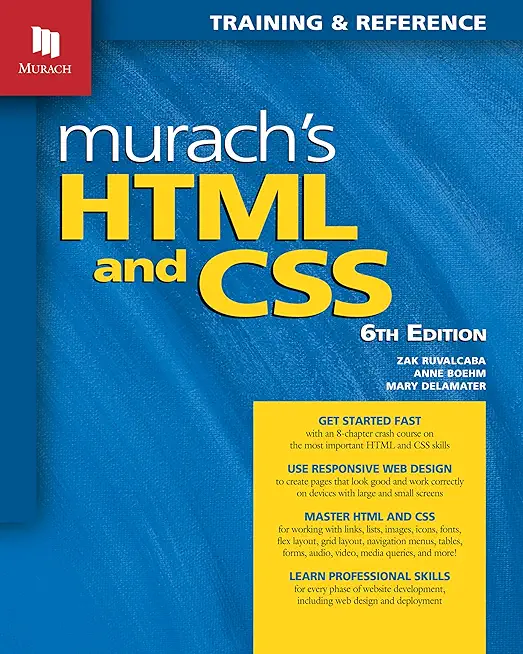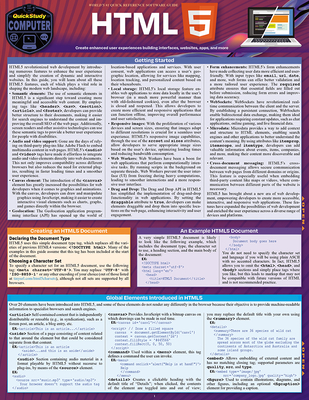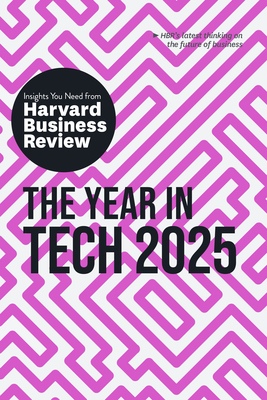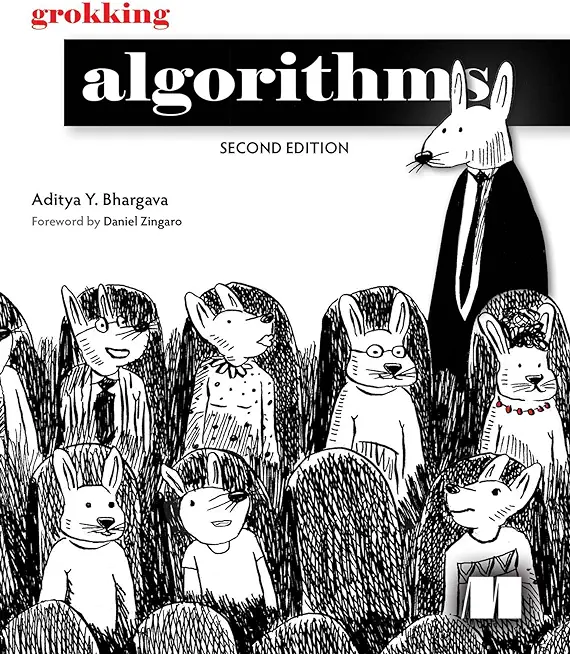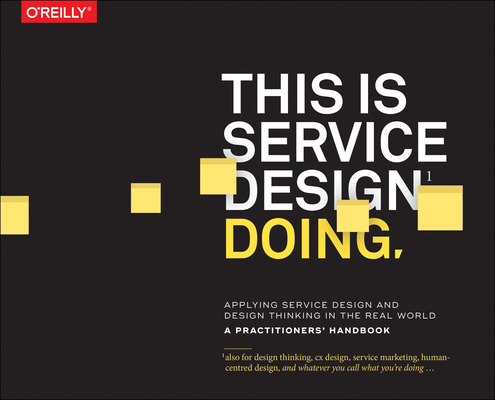Managing Agile Projects Using TFS 2017 Training in Racine
|
We offer private customized training for groups of 3 or more attendees.
|
||
Course Description |
||
| This 3-day course provides project managers, Scrum masters and team
leads the essential skills required to effectively manage a software
development project using Microsoft Visual Studio Team Foundation Server
2017. --- This course focuses on Agile methodologies and includes
discussions and content focused on both Scrum and Kanban practices.
Attendees will plan a new software development project and go through
the steps to initiate the project using Visual Studio 2017. This
includes recording requirements, creating a product backlog, and
estimating effort for backlog items. We will cover planning and running
a sprint, as well as using the task board and burndown chart to track
progress. The course also demonstrates how TFS facilitates the use
of storyboards to prototype experiences, request stakeholder feedback,
foster team collaboration, and generate reports. The final two modules
of the course provide an overview of how testers and developers can work
effectively using appropriate tools in the Visual Studio family. This
course includes hands-on labs to reinforce practical skills and ensure
you're ready to use the tools on your return to your workplace. All
Scrum content adheres to the latest version of the official Scrum Guide
and provides helpful preparation for anyone considering gaining Scrum certification.
Course Length: 3 Days
Course Tuition: $2060 (US) |
||
Prerequisites |
|
| Attendees should have some familiarity with the basic use of TFS. | |
Course Outline |
|
Module 1: Introducing the Microsoft Visual Studio 2017 Family
What’s new in Visual Studio 2017
Overview of the Visual Studio 2017 family
Overview of product features
Project workflow across the Visual Studio 2017 suite of products
Module 2: Initiating a New Project
Organizing projects in TFS
Understanding process templates
Creating a new team project
Setting team project properties
Switching between team projects
Module 3: Work Item Primer
Overview of work items
Traceability between work items
Searching and creating custom queries
Work item charting and pinning charts
Work item tagging
Configuring project notifications
Module 4: Creating our Product Backlog
Examining requirement types
Creating backlog items
Creating requirement hierarchies using features
The importance of acceptance criteria
Module 5: Agile Estimation
Introduction to estimation
Using story points
Planning Poker and other popular estimation techniques
Adding your estimates to TFS work items
Module 6: Working from the Product Backlog
Introducing the Kanban board
Entering and editing details on the Kanban board
Customizing columns, including using split columns and limiting WIP
Recording our Definition of Done (DoD)
Understanding the Cumulative Flow Diagram
Module 7: Working in Sprints
Specifying your sprint schedule and your team capacity
Selecting items for the sprint backlog using forecasting
Decomposing requirements into tasks
Using burndown charts to track progress
Monitoring work using the task board
Working with unparented work items
Module 8: Retrospectives
The importance of retrospectives
Conducting an efficient sprint retrospective
What you should avoid in your retrospective
Module 9: Working with TFS Teams
Configuring teams in our team project
Managing work from a master backlog
Allocating work to our teams
Configuring iterations for TFS teams
Module 10: Enhancing Requirements Using Storyboards
Overview of storyboarding capabilities
Creating a storyboard to illustrate a requirement
Linking a storyboard to a work item
Module 11: Getting Stakeholder Feedback
Introducing the Microsoft Feedback Client
Using the Microsoft Feedback Client to provide rich feedback to the team
Adding continuous feedback into your workflow
Module 12: Fostering Team Collaboration
An overview of the various clients
The use of email in sharing information
Choosing the appropriate client tool
Module 13: Creating and Customizing Reports
Overview of reporting architecture
Reviewing the out of the box reports
Adding new reports
Creating ad hoc reports using Excel
Module 14: Overview of Agile Testing
The role of the tester in a sprint planning meeting
A lap around web-based test management
Creating a test plan
Creating manual test cases from requirements
Module 15: Overview of Agile Development
Using My Work to select tasks from the sprint backlog
Understanding the value of linking changesets to work items
The importance of unit testing
Creating a continuous integration build
|
Course Directory [training on all levels]
- .NET Classes
- Agile/Scrum Classes
- AI Classes
- Ajax Classes
- Android and iPhone Programming Classes
- Azure Classes
- Blaze Advisor Classes
- C Programming Classes
- C# Programming Classes
- C++ Programming Classes
- Cisco Classes
- Cloud Classes
- CompTIA Classes
- Crystal Reports Classes
- Data Classes
- Design Patterns Classes
- DevOps Classes
- Foundations of Web Design & Web Authoring Classes
- Git, Jira, Wicket, Gradle, Tableau Classes
- IBM Classes
- Java Programming Classes
- JBoss Administration Classes
- JUnit, TDD, CPTC, Web Penetration Classes
- Linux Unix Classes
- Machine Learning Classes
- Microsoft Classes
- Microsoft Development Classes
- Microsoft SQL Server Classes
- Microsoft Team Foundation Server Classes
- Microsoft Windows Server Classes
- Oracle, MySQL, Cassandra, Hadoop Database Classes
- Perl Programming Classes
- Python Programming Classes
- Ruby Programming Classes
- SAS Classes
- Security Classes
- SharePoint Classes
- SOA Classes
- Tcl, Awk, Bash, Shell Classes
- UML Classes
- VMWare Classes
- Web Development Classes
- Web Services Classes
- Weblogic Administration Classes
- XML Classes
Scrum Uses & Stats
|
Difficulty
|
Popularity
|
Year Created 2001 |
|
Pros
Faster Deployment of Solutions
Gives Every Team Member a Purpose
Keeps the End Goal in Mind at Every Level
Promotes Flexibility in Order to Adapt
Faster Detection of Issues and Defects |
Cons
Can Act As a Band-Aid to Bigger Problems
Can Create a Micro-Managed Environment
Not Everyone Is On Board
Push for Higher Performance
Not Well-Suited for Every Project |
| Scrum Job Market |

Average Salary
|

Job Count
|

Top Job Locations
Agile and SCRUM methodologies are practiced mostly in larger organizations that have cross-platform teams that need to be on the same page. Adoption rates vary in different industries.
Industry Agile Adoption Rate Software (ISV) 23 percent Financial services 14 percent Professional services 12 percent Insurance 6 percent Healthcare 6 percent Government 5 percent Telecoms 4 percent Transportation 4 percent Manufacturing 4 percent |
|
Complimentary Skills to have along with Scrum
Agile Methodologies and Frameworks include: ASD - DevOps - DAD - DSDM - FDD - IID - Kanban - Lean - SD - LeSS - MDD - MSF - PSP - RAD - RUP - SAFe - Scrum SEMAT TSP UP XP The Standards and Bodies of Knowledge Include: BABOK - CMMI - IEEE standards - ISO 9001 - ISO/IEC standards - PMBOK - SWEBOK - ITIL |


